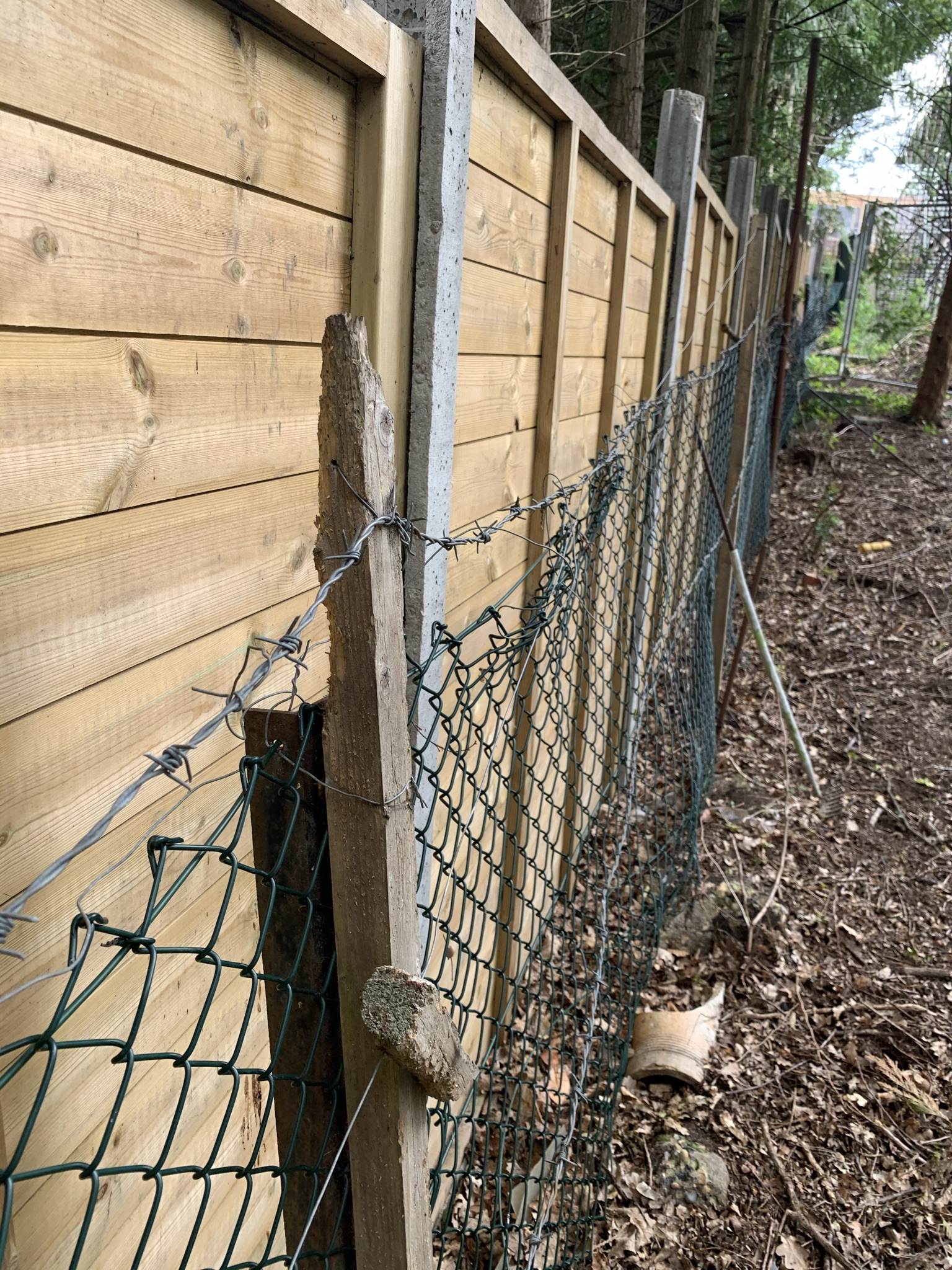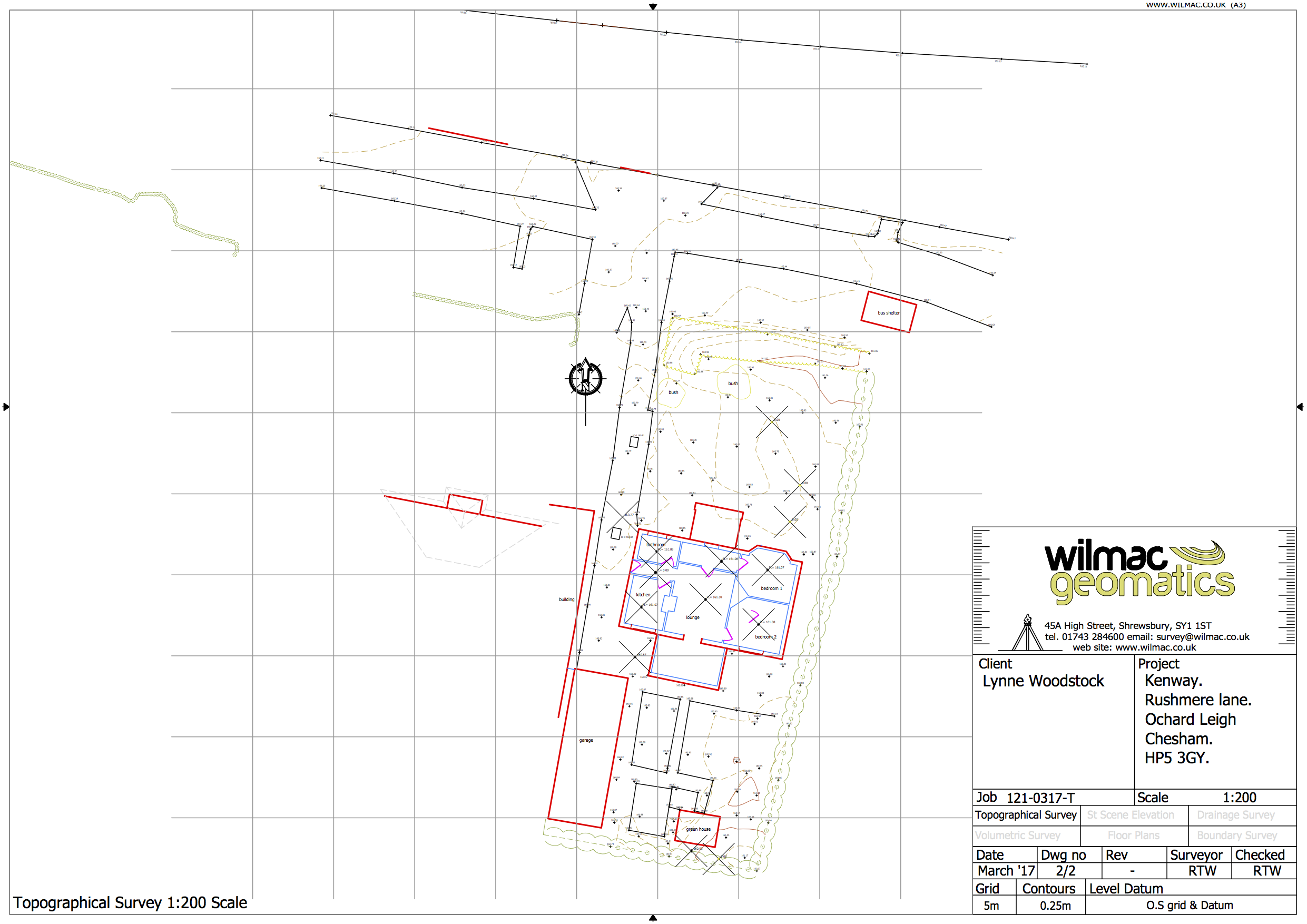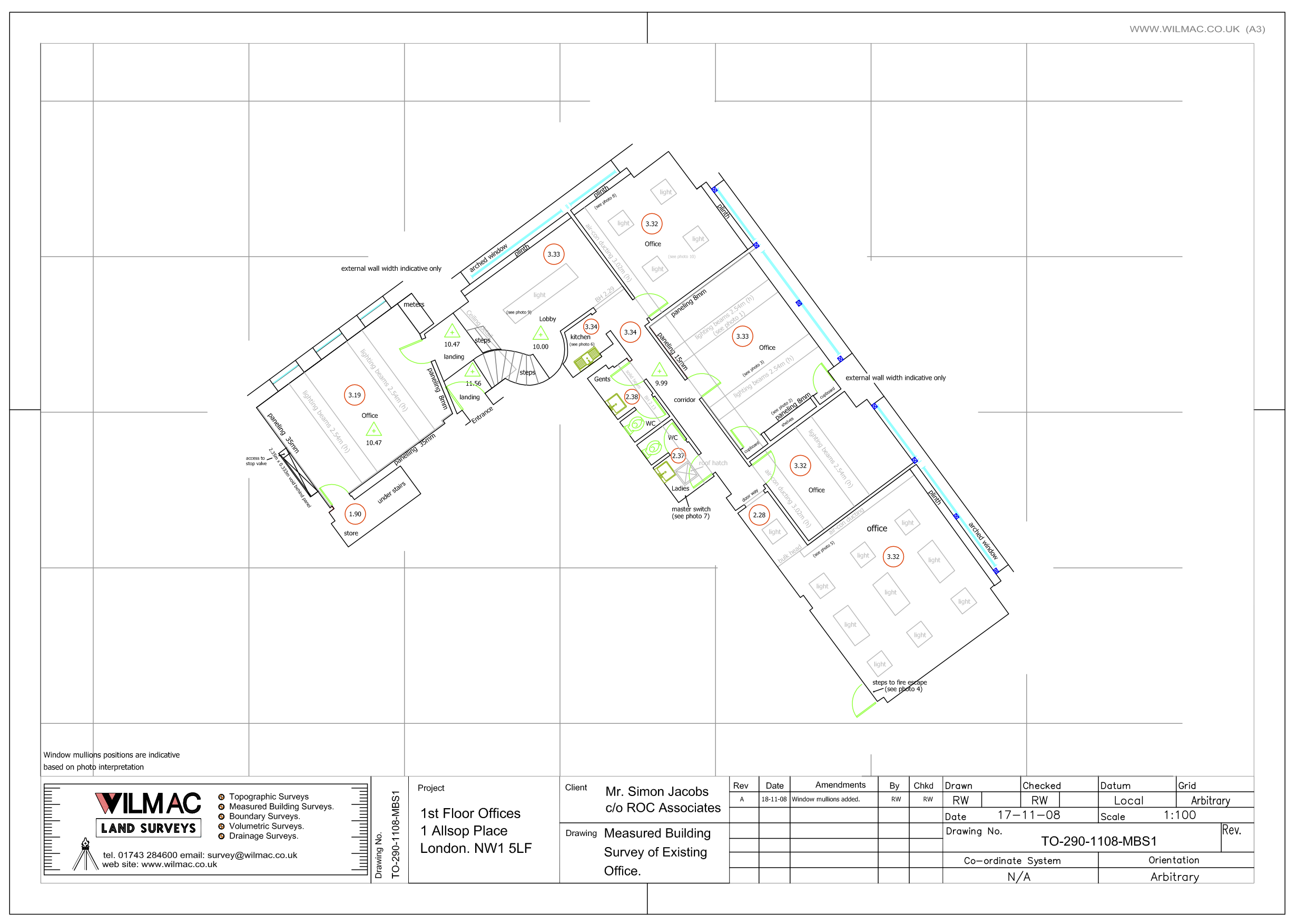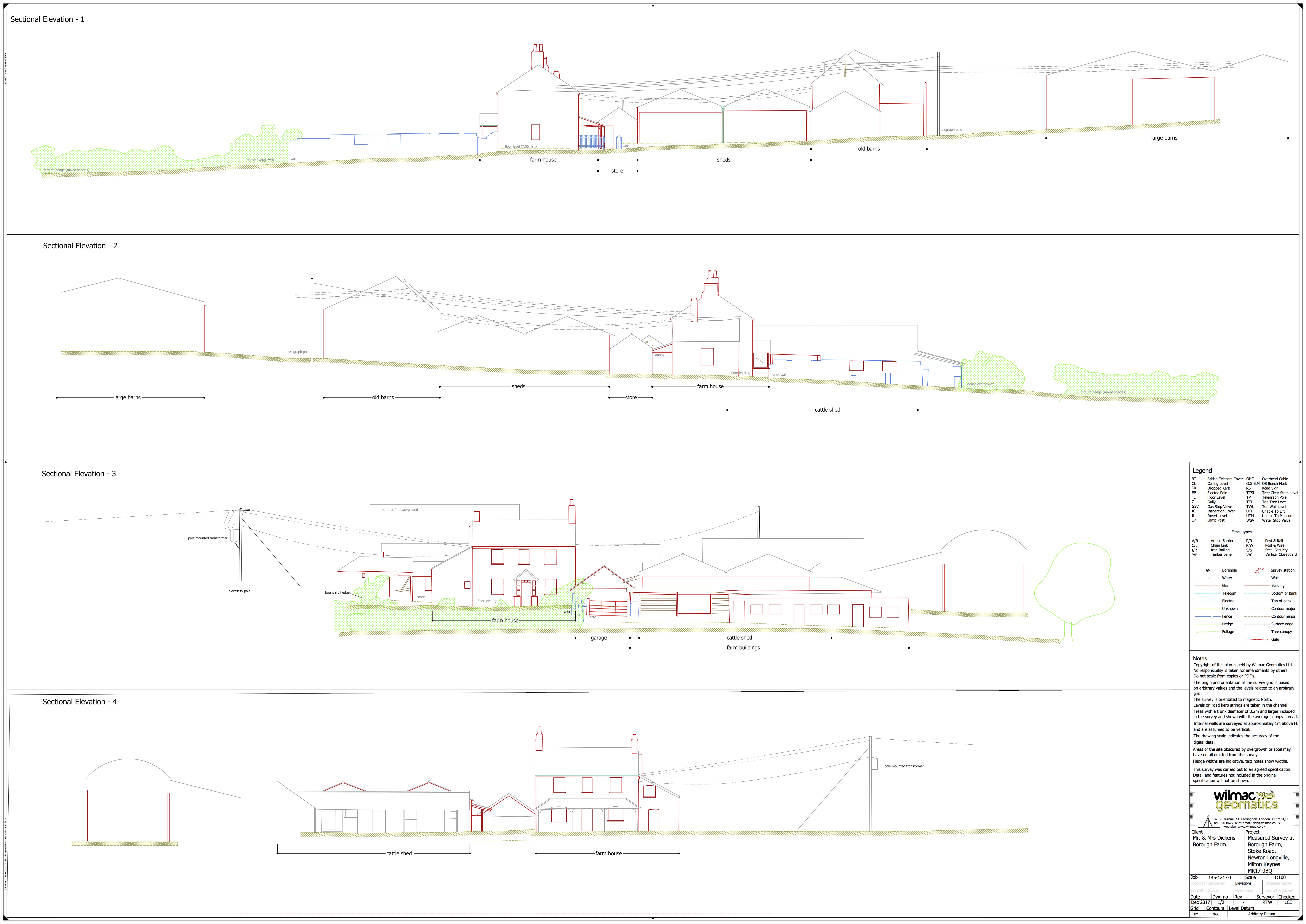Boundary surveys are one of the surveys we carry out the most, after topographical surveys.
These surveys are carried out for a number of reasons which include the sale or transfer of land, clarification of where a fence or wall should be positioned, or a boundary dispute between neighbours.
A boundary dispute can arise when two or more parties disagree on the position or extent of a boundary that separates their properties.
There are several ways that a boundary dispute can occur. For example, one party may build a structure that encroaches on the other party’s land, or a neighbour may claim a portion of land that the other party believes is theirs. Sometimes, boundary disputes arise due to unclear or ambiguous descriptions in title deeds or land registry plans, or as a result of changes in the landscape over time.
We create reports and plans to resolve a boundary disputes and will work with other appointed surveyors to resolve disputes. In many cases simply opening up communications between both parties can resolve a dispute, however sometimes mediation, or legal action maybe required. We endeavour to determine the precise location of the boundary line with the information available, we’ll research historic mapping, reports and photographs.
Topographical Survey: How topography affects the design.
For more information click here.
Measured Building Surveys (floor plans): for any property to be removed or included For more information click here.
Street Scene Elevations: to demonstrate the interface of neighbouring properties
For more information click here.
Drainage Survey: you’ll need to know where the waste and the rain flows too.
For more information click here.




